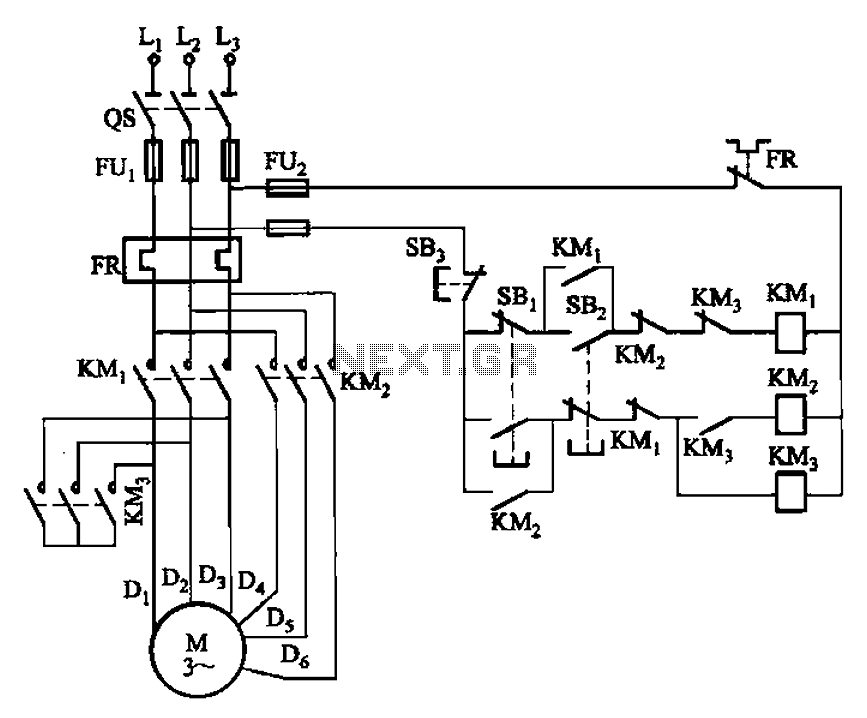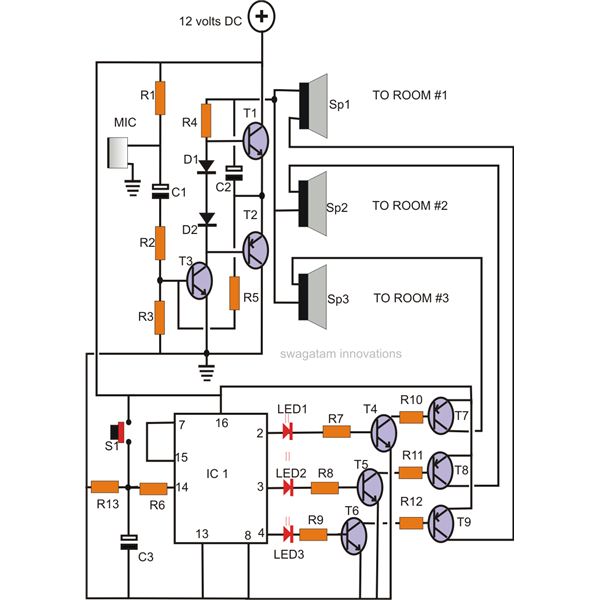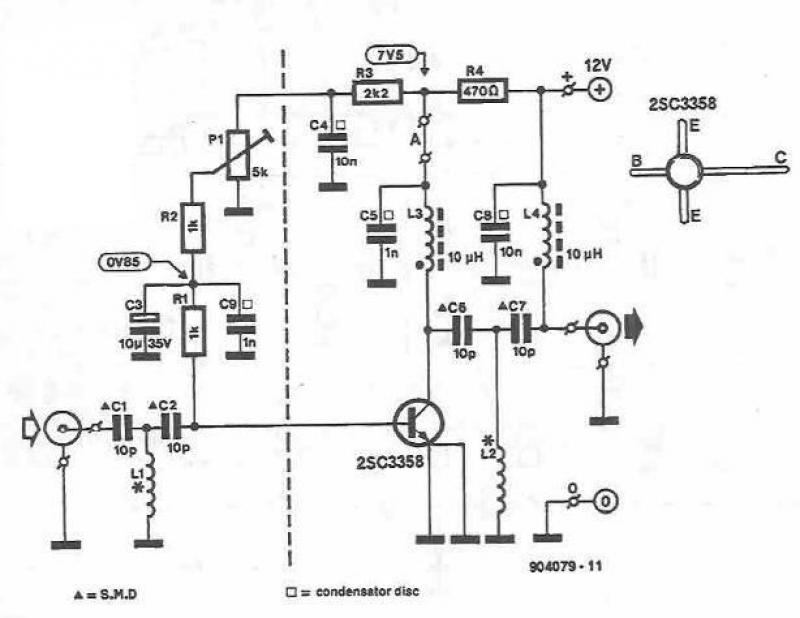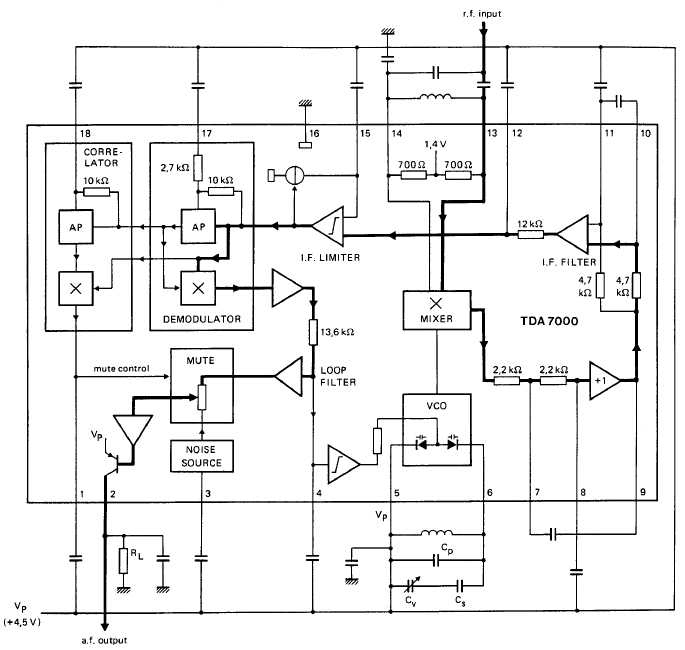
Filaments Detection Circuit
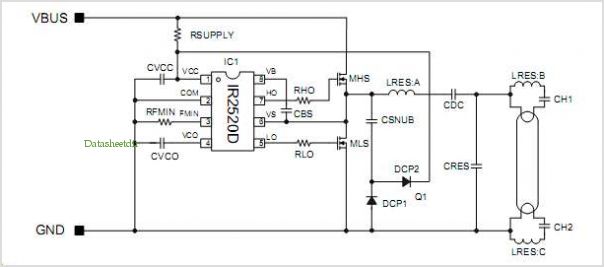
LCD modules have become a popular means of displaying system messages and status in embedded applications. This application note demonstrates how to interface an SST FlashFlex microcontroller to a typical character LCD module. The SST FlashFlex is an industry-standard, 8051-compatible MCU that provides full control of its I/O ports, allowing for a variety of hardware and firmware implementations of the LCD interface. For simplicity, the sample implementation utilizes ports P1 and P3 of the MCU as bit-banged I/O. However, it is also feasible to implement the interface using a memory-mapped I/O scheme, employing ports P0 and P2 as a data and address bus. The hardware schematic is applicable to most character LCD modules due to their adherence to standard pin assignments and instruction sets. The signals to the LCD module consist of an 8-bit data bus, power signals, three control signals, and optionally two pins for a backlight. This project focuses on LCD interfaces to standard 8051 MCUs such as SST89E516RDx and SST89E58RDx.
The integration of an LCD module with an SST FlashFlex microcontroller involves several key components and considerations. The character LCD typically requires an 8-bit data bus, which facilitates the transfer of data between the microcontroller and the LCD. The control signals are essential for managing the operation of the LCD, with three primary control lines: Register Select (RS), Read/Write (RW), and Enable (E). These signals dictate whether the data being sent is a command or character data, the direction of data flow, and when the LCD should read the data present on the data bus.
In the described implementation, ports P1 and P3 are utilized for direct bit-banging of the data and control signals. This method provides flexibility in programming, allowing the microcontroller to control the timing of the signals manually. The alternative memory-mapped I/O approach, utilizing ports P0 and P2, can simplify the code by allowing the microcontroller to interact with the LCD as if it were a standard memory device, thus leveraging the inherent addressing capabilities of the MCU.
The power supply for the LCD module is critical, as it usually operates at 5V. Additionally, the inclusion of backlight pins can enhance visibility, particularly in low-light environments. The schematic design should ensure proper connections for power, ground, and signal lines, adhering to the pin configuration outlined in the LCD module's datasheet.
When designing the circuit, it is also important to consider the timing requirements specified in the LCD datasheet, particularly for initialization and command execution. Delays may be necessary between commands to ensure that the LCD has adequate time to process instructions. The use of appropriate pull-up or pull-down resistors may also be necessary depending on the specific characteristics of the LCD module and the microcontroller's I/O configuration.
Overall, the schematic design for interfacing an SST FlashFlex microcontroller with a character LCD module should focus on robust signal integrity, adherence to timing requirements, and flexibility in implementation to accommodate various applications in embedded systems.LCD modules have become a popular way to Display system messages and status in embedded applications. This application note shows how to Interface an SST FlashFlex ® microcontroller1 to a typical character LCD module.
The SST FlashFlex is an industry-standard, 8051-compatible MCU and thus gives full control of its I/O ports allow- ing for a variet y of hardware/firmware implementations of the LCD Interface For simplicity, our sample implementa- tion uses ports P1 and P3 of the MCU as bit-banged I/O. However it is also possible to implement the Interface with a memory-mapped I/O scheme, using ports P0 and P2 as a data and address bus.
2. 0 HARDWARE SCHEMATICS The hardware schematic in Figure 2-1 is applicable to most character LCD modules because they conform to the same industry-standard pin assignments and instruction set. The signals to the LCD module consists of an 8-bit data bus, power signals, three control signals, and optionally two pins for a backlight ; This project is LCD Interfaces to standard 8051 MCU such as ; SST89E516RDx, SST89E58RDx.
. 🔗 External reference
The integration of an LCD module with an SST FlashFlex microcontroller involves several key components and considerations. The character LCD typically requires an 8-bit data bus, which facilitates the transfer of data between the microcontroller and the LCD. The control signals are essential for managing the operation of the LCD, with three primary control lines: Register Select (RS), Read/Write (RW), and Enable (E). These signals dictate whether the data being sent is a command or character data, the direction of data flow, and when the LCD should read the data present on the data bus.
In the described implementation, ports P1 and P3 are utilized for direct bit-banging of the data and control signals. This method provides flexibility in programming, allowing the microcontroller to control the timing of the signals manually. The alternative memory-mapped I/O approach, utilizing ports P0 and P2, can simplify the code by allowing the microcontroller to interact with the LCD as if it were a standard memory device, thus leveraging the inherent addressing capabilities of the MCU.
The power supply for the LCD module is critical, as it usually operates at 5V. Additionally, the inclusion of backlight pins can enhance visibility, particularly in low-light environments. The schematic design should ensure proper connections for power, ground, and signal lines, adhering to the pin configuration outlined in the LCD module's datasheet.
When designing the circuit, it is also important to consider the timing requirements specified in the LCD datasheet, particularly for initialization and command execution. Delays may be necessary between commands to ensure that the LCD has adequate time to process instructions. The use of appropriate pull-up or pull-down resistors may also be necessary depending on the specific characteristics of the LCD module and the microcontroller's I/O configuration.
Overall, the schematic design for interfacing an SST FlashFlex microcontroller with a character LCD module should focus on robust signal integrity, adherence to timing requirements, and flexibility in implementation to accommodate various applications in embedded systems.LCD modules have become a popular way to Display system messages and status in embedded applications. This application note shows how to Interface an SST FlashFlex ® microcontroller1 to a typical character LCD module.
The SST FlashFlex is an industry-standard, 8051-compatible MCU and thus gives full control of its I/O ports allow- ing for a variet y of hardware/firmware implementations of the LCD Interface For simplicity, our sample implementa- tion uses ports P1 and P3 of the MCU as bit-banged I/O. However it is also possible to implement the Interface with a memory-mapped I/O scheme, using ports P0 and P2 as a data and address bus.
2. 0 HARDWARE SCHEMATICS The hardware schematic in Figure 2-1 is applicable to most character LCD modules because they conform to the same industry-standard pin assignments and instruction set. The signals to the LCD module consists of an 8-bit data bus, power signals, three control signals, and optionally two pins for a backlight ; This project is LCD Interfaces to standard 8051 MCU such as ; SST89E516RDx, SST89E58RDx.
. 🔗 External reference

